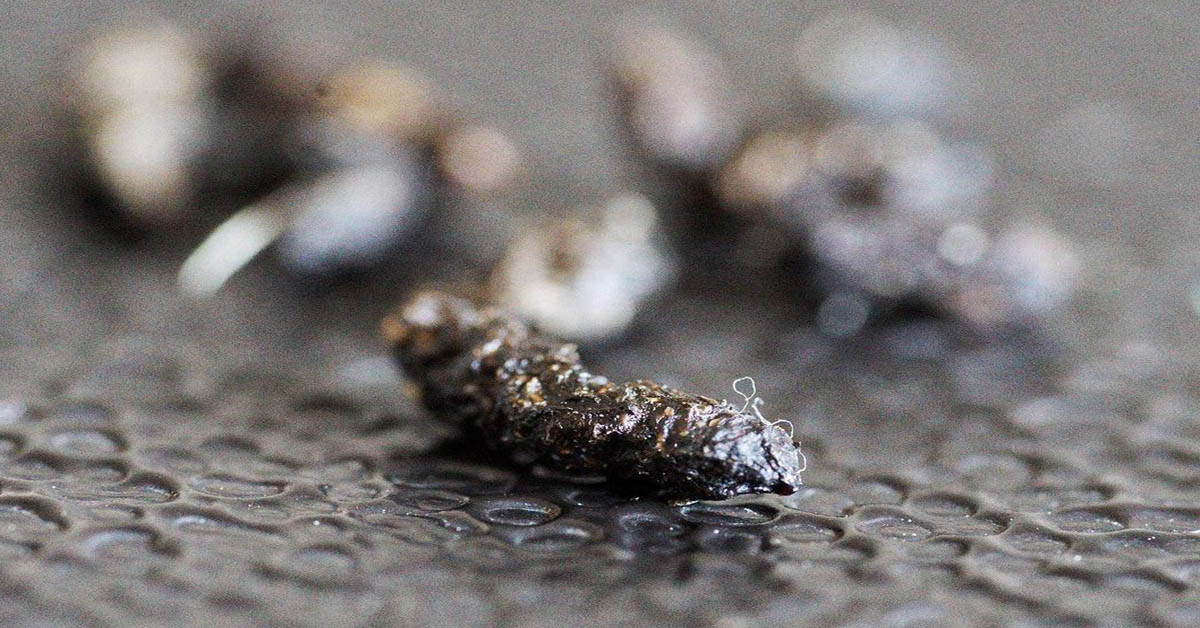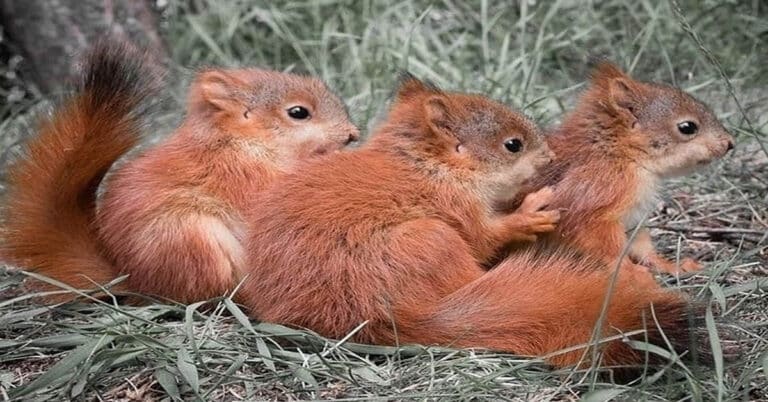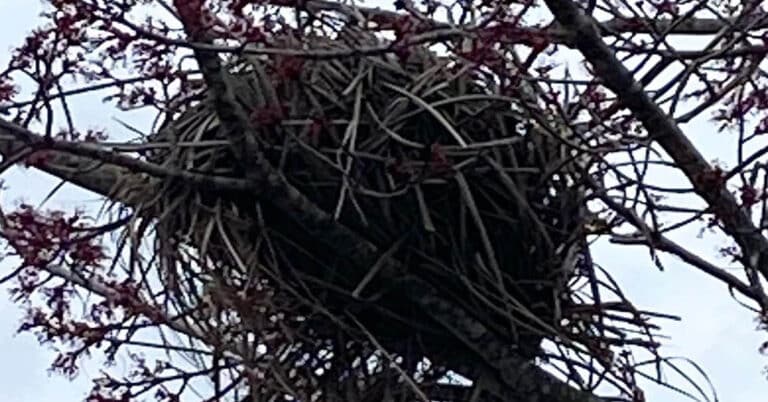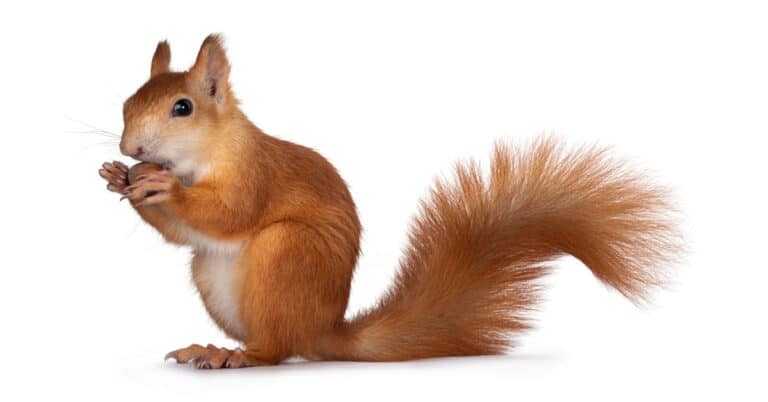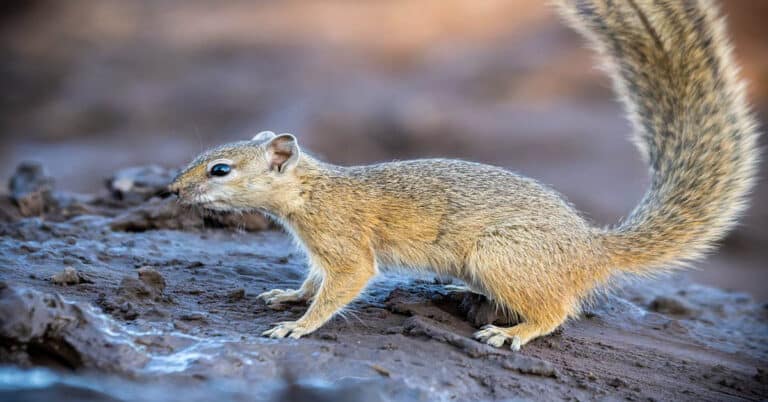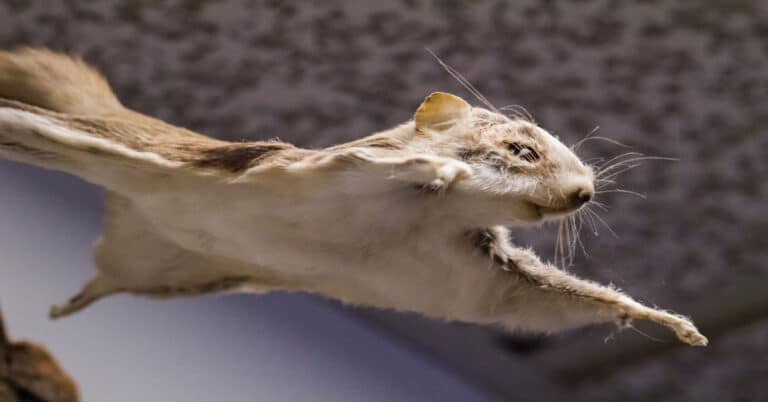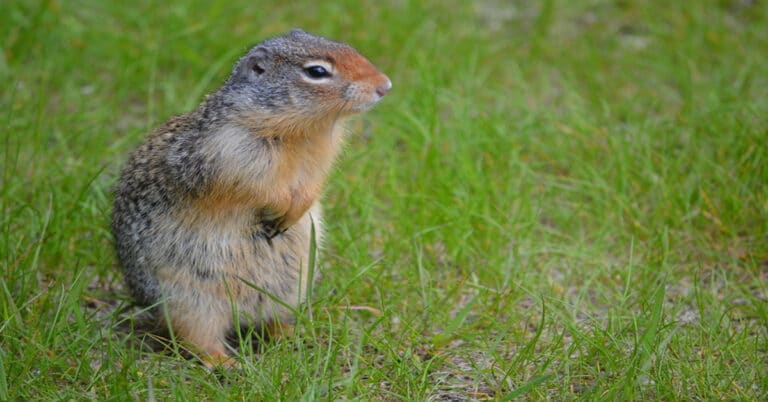What Does Squirrel Poop Look Like?
Squirrels are among the most common small animals on the globe. They are cute and lovable with wrinkling noses, fluffy tails, and cute bodies. Even though it’s not anyone’s favorite topic, observing animal droppings is frequently essential.
Sometimes, we get these unknown visitors in our yards and gardens. If you know what squirrel poop looks like, you can tell whether those little creatures are wandering around.
So, in this article, we will explore the unique and interesting creatures known as squirrels. In addition to knowing what does squirrel poop look like, we will also learn some interesting facts about those little ones.
Where Can Squirrels Be Found?
According to reports, all continents, except for Australia and Antarctica, are home to these species. There are several species found around the world.
However, these creatures are primarily found in old or almost mature forests, particularly in woodland settings. The living environment can both determine and affect what squirrel poop look like.
What Does Squirrel Poop Look Like?
Squirrel feces looks somewhat similar to rats’ excrement. However, to compare those two, squirrel dung has rounded edges instead of rat excrement. So, what does squirrel poop look like? A squirrel’s excrement frequently resembles coffee beans because both sides are spherical, as opposed to recessed or pinched.
What squirrel poop look like is somewhat similar to a rat’s feces, a casual observer may mistake them for one another. The size of squirrel poop is around 3/8 inch long and 1/8 inch broad.
Squirrel excrement is brown but often lighter in color because of their diet. Squirrel feces may also come in a variety of colors, including tan, green, and lighter brown, with reddish undertones. The small pellets, which are initially blackish-brown when placed, progressively lighten with time and dry out.
What Does Squirrel Eat?
What does squirrel poop look like is dependent on their diet? Squirrels are real omnivores since they eat both meat and a range of veggies. The majority of their food consists of acorns, nuts, fruits, seeds, fungi, green vegetables, and buds. On rare occasions, they will consume eggs, insects, young birds, amphibians, rodents, and even snakes.
After mating, which often occurs between spring and fall, females have many young squirrels to care for. Baby squirrels depend solely on their mother’s milk for the first 6 to 10 weeks. The juvenile squirrels are then ready to start foraging for the omnivorous food they normally consume.
Rat excrement tends to be darker than squirrels, likely because the former consume a wider variety of foods than the latter.
All squirrel species, including ground squirrels, flying squirrels, and tree squirrels, have the amazing ability to store food for the winter. The most popular strategy is scatter-hoarding, in which squirrels dispersedly store their food. They can go and store the food approximately 7 acres away from their home.
However, some squirrel species also keep food close to where they sleep in a big pile. They are quite particular about specific foods and only keep the ones that have high quality and reject anything that is underripe or has low nutritional content because of their exceptional sense of smell. Scattered-hoarding squirrels will put the food in their mouths after finding a good one and then search for a suitable area and soil to bury it.
Where Do Squirrels Poop?
We already discussed what squirrel poop look like. However, knowing where their excrement can be found is also interesting.
Squirrel droppings generally appear in groups in certain places. Squirrels have one unusual trait, though, they consistently urinate in the same place. That suggests that feces can build up in large mounds in their preferred area.
It’s unusual to find squirrel feces in different places because squirrels are normally considerably more discrete. Squirrels pick a latrine spot and only utilize it. As previously said, squirrels are very discreet about their poop habits, making it difficult to find their waste outside.
Can Squirrel Poop Be Harmful?
Once you know what squirrel poop look like, it is also essential to know whether it is harmful or not. Like other rodents, squirrel excretions can harbor various parasites and pathogens that are harmful to people and animals.
Many of the most severe illnesses and ailments are known to have been disseminated through the excrement and urine of the squirrel population. Despite this, there is a minimal chance that people will come into contact with squirrel feces. However, if that truly happened, it may have a terrible impact on both children’s and adults’ health.
As mentioned above, the major cause of worry is leptospirosis, a bacterial ailment spread via rodent urine and excrement. Leptospirosis typically results in flu-like symptoms but can occasionally cause significant respiratory problems. In very rare and extreme cases, it can even cause death. Salmonella is another disease that you can easily catch from squirrel feces. It often has symptoms of vomiting and diarrhea. However, it is very seldom deadly.
Another important factor to take into account is the airborne transmission brought on by the squirrel’s dropping. There will likely be a heap of dried-up droppings if squirrels have established a home in your attic.
As the dropping dries out, the chemicals go up in the air and mix with the dust. Inhaling it risks developing a serious respiratory condition that might be deadly, especially in people with asthma. This is the cause of the need for extreme caution when cleaning up squirrel dung.
Squirrel poop smells just as horrible as it sounds. Since squirrel feces contain both urine and very strong poop odors, they eventually begin to smell rotten and like ammonia. You need to be very careful since flies, larvae, and parasites will congregate around the squirrel droppings in your attic. Remember that being close to a roundworm can cause infections to spread quickly and readily by ingestion or breathing.
Additionally, eggs can be detected in squirrel pee and feces, which can also be inhaled. A human’s central nervous system will begin to be affected by the parasite’s larvae, which can also cause dehydration, diarrhea, and other health problems. Because of this, it is recommended to call professionals for removal.
Squirrel Appearance
Before discussing what squirrel poop look like, let’s first explore those little animals visually. Squirrels are little, agile rodents. They have long, lean bodies, big eyes, and bushy tails: their short, silky, and very soft fur.
They are characterized by soft fur that has a silky texture. However, how thick the fur is depends on the species. Species of squirrels can have different colors, which include white, brown, yellow, gray, or red. Squirrel species, living environment, and other outer factors determine the color of the fur.
The majority of species have pointed and short ears and claws, which can be pretty sharp. The sharp cloves give squirrels the possibility to climb trees easily. The tiniest squirrels have a body length of about 10 cm, while some of the biggest squirrels may reach 30 to 50 cm. Even larger, some species’ tails may grow to a length of 60 cm.
These animals have a maximum weight of 1.5 kg. The Indian giant squirrel has a stunning red and black fur coat and can reach a weight of 1.1 kg. A squirrel with black fur is actually quite unusual and rare to see.
Are Squirrels Harmful?
Don’t be misled by the adorable appearance of squirrels. They can become invasive, and, just like pests, they can create issues. Squirrels regularly enter houses undetected, eat food, and wreak havoc on wiring. While in your home, they won’t be tidy either, and they’ll leave garbage all over the insulation in your attic, cupboards, and everywhere.
They are fun to watch when running around and jumping on the tree perches. Squirrels may also come to you for food. But that’s about it. If those little creatures get inside your house, you’ll have restless nights and a musty attic.
Knowing what squirrel poop look like can be helpful in identifying them if you find animal feces in your yard, garden, or attic. So, knowing that it belongs to the squirrel, you can act accordingly.
How To Keep Squirrels Away
Squirrels dislike pungent smells. Ammonia is the most efficient repellent for squirrels. Any strong home cleaning solution can be used if ammonia causes you any discomfort. Drop your pet’s hair all over your attic if you have cats or dogs. The fragrance of a potential predator will deter squirrels from approaching.
Never lose sight of the fact that every living creature on Earth has a right to exist. You must be extremely careful not to injure the squirrel when removing it from your property.
Bottom Line – What Does Squirrel Poop Look Like?
In this article, we discussed what squirrel poop looks like. Squirrels are small animals that can be very cute to look at and observe. However, their feces can be pretty harmful. Because of that, it is important to know what squirrel poop looks like.
Squirrel feces have rounded edges and look like coffee beans. The size is 3/8 inches round and 1/8 inches long. The color of squirrel feces varies from light brown to tan or green.

Nato is a content writer and researcher with a background in psychology who’s eager to explore the wonders of nature. As a travel enthusiast and animal lover, she hopes to inspire others to discover and cherish the beauty and importance of the natural world.

